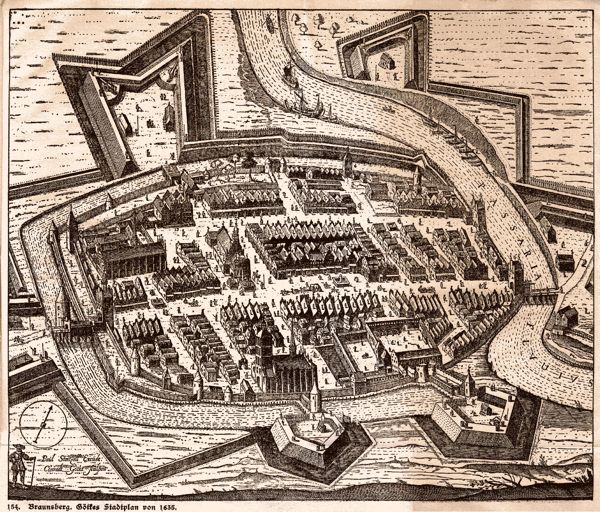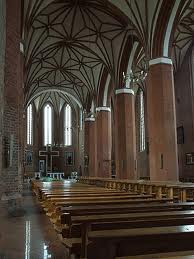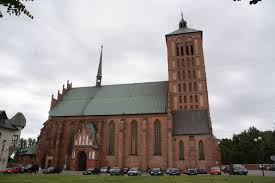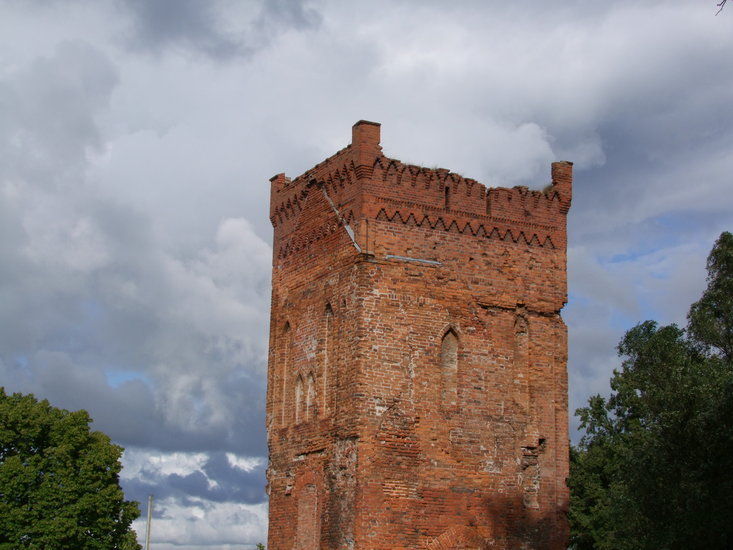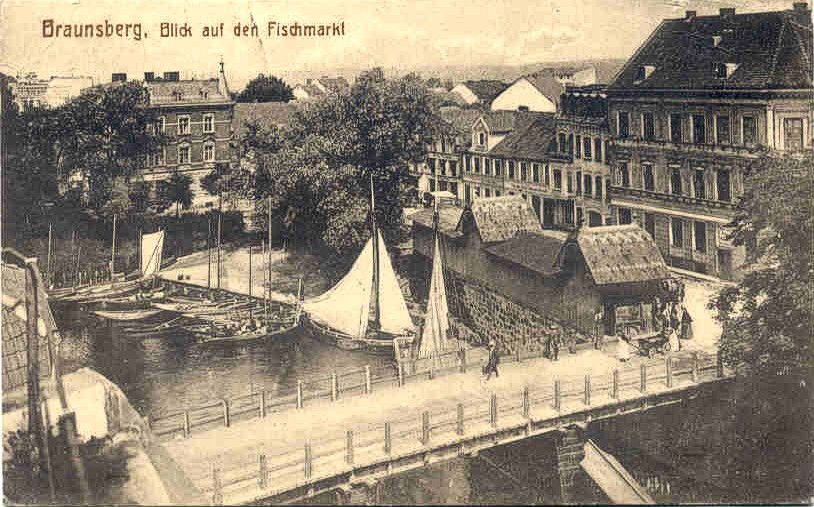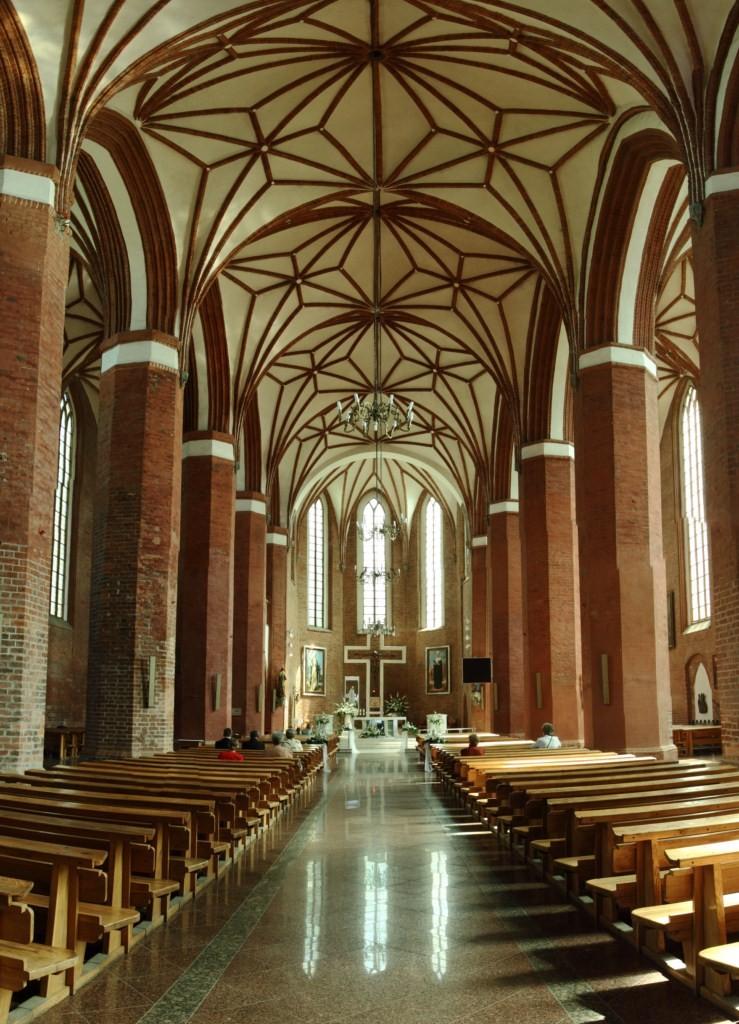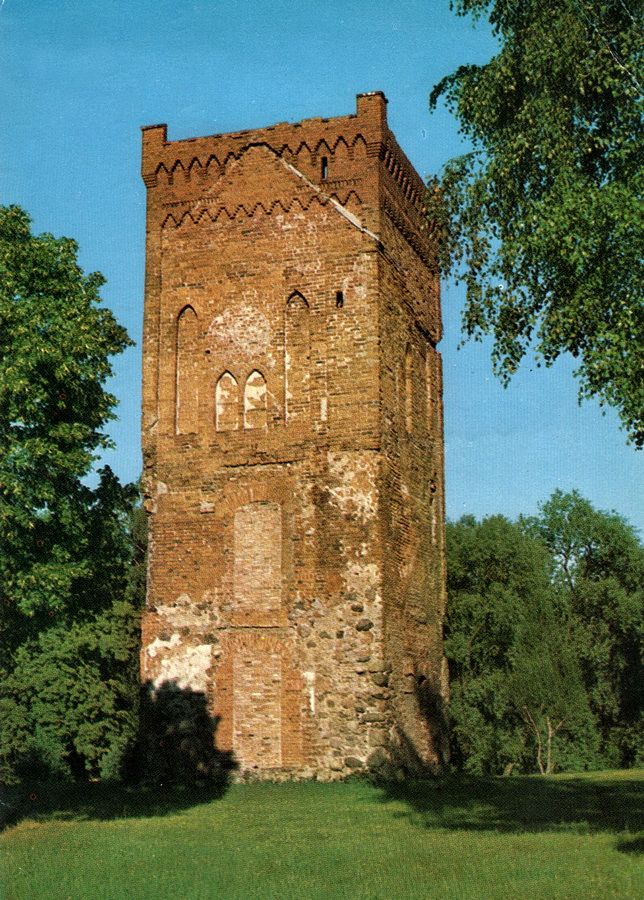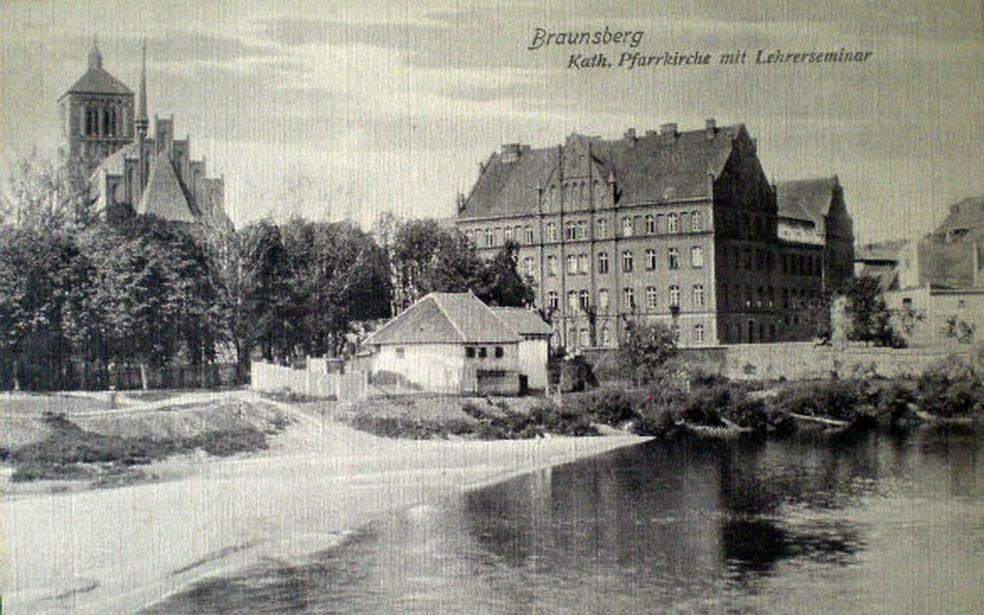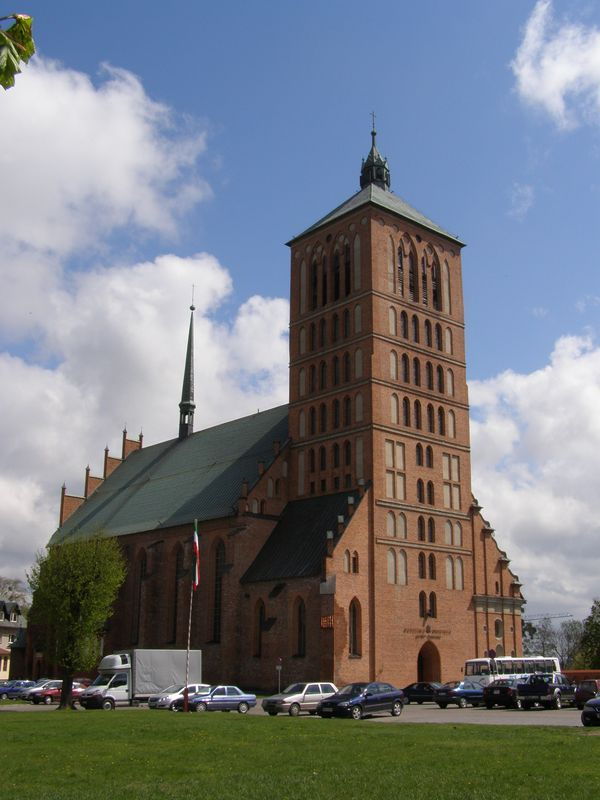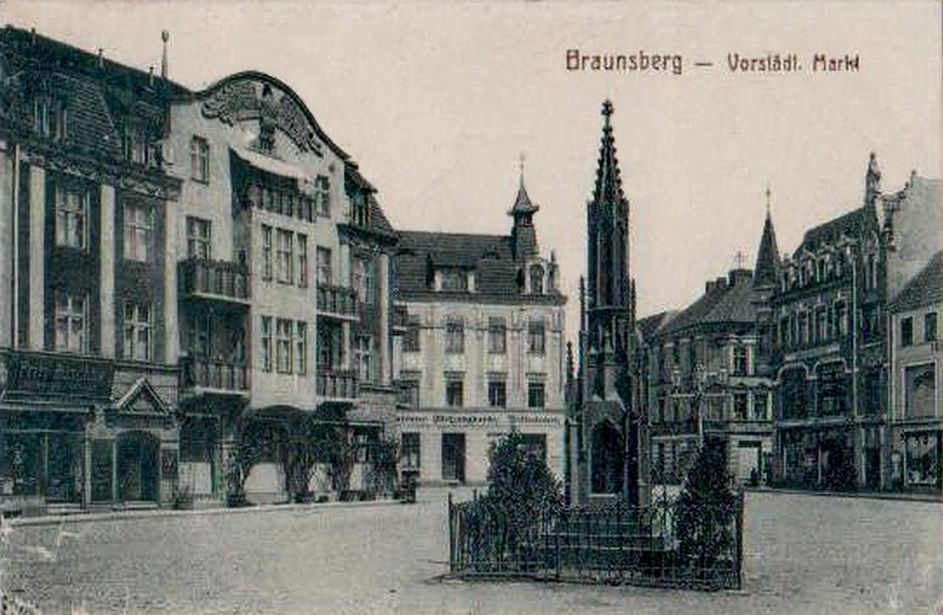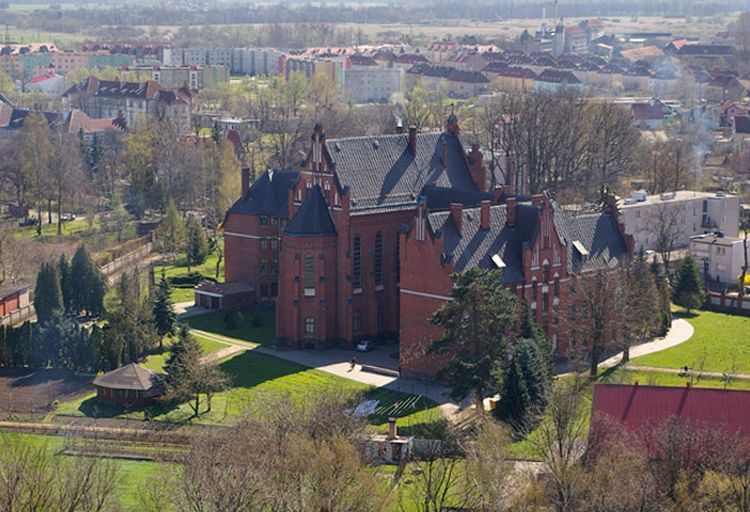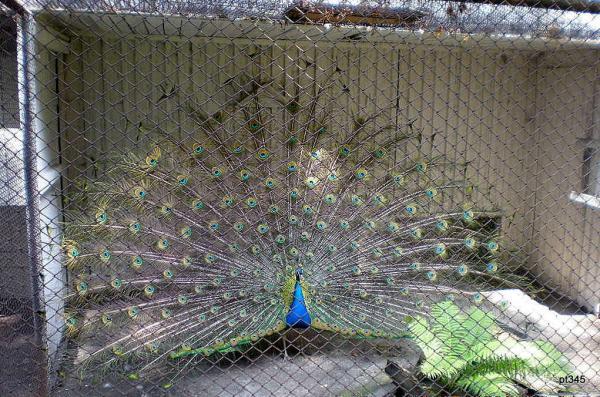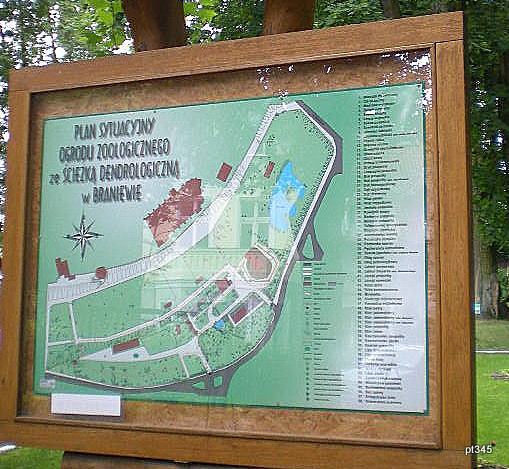IN THE TOWN
Braniewo is famous for the smallest Polish zoo, which was established in years 1955-1960. It is an authentic small zoological and botanical garden with exotic animals. It is located on the premises of the old city moat, almost in the city center. In the times of its greatness, there lived about 200 various animal species, and the number of visitors reached 20 thousand per year. Today the zoo and botanical garden in Braniewo are a very popular tourist attraction, where you can see unique plants such as: ginkgo, American tulip tree, pyramidal oak, rhododendron, magnolia, forsythia, bird cherry, juniper, spruce and thuya. Animal lovers can see here the following species: llama, Przewalski’s horse, Barbary sheep, monkeys, Siberian tiger, Himalayan bear, brown bear, parrot, guinea pig, rabbit, peacock, pheasant, donkey, yak and swan. The zoo and botanical garden are open from May 1st till September 30th from 10 a.m. till 6 p.m.
In 1571 the Provincial Home of St. Catherine’s Congregation was established in Braniewo by Regina Prottman (beatified by Pope John Paul II in 1999). The present home of the congregation – the Gothic Revival Convent – Regina Coeli – built in 1904-1906 – is on Moniuszki Street in Braniewo.
The Hospice for Converts was founded by bishop Teodor Potocki in 1719. This Baroque building with a open square courtyard later became an old people’s home. The front elevation shows the cartouche with the crest of Pilawa, with the initials of the hospice’s founder and the year of foundation.
This Gothic brick church was raised in the years 1343-1442, in several stages. The temple was built on the rectangular plan and has three naves. It was destroyed in1945 and later rebuilt in the years 1975-1981. The enormity of the church shows the role and importance of Braniewo city in the past and the wealthiness of its inhabitants throughout the centuries. St. Catherine’s Church is the place of worship of the beatifiedReginaProttman, who was born in Braniewo in 1552 and founded Warmia’s biggest St. Catherine’s Congregation.
The only remains of the Bishops’ Castle from XIII century is the three-storey Gothic tower, which was originally connected to the castle.
Remains of the city fortification
The remains of city fortification (XIV century): remains of towers and and watchtowers
The City of Braniewo has long history of over 700 years. It was the first capital of Warmia and the seat of Warmian bishops. The elders might associate this city with beer which had been brewed here until recently. Some might also associate this city with military service.
Braniewo (pol. Brunsberga, ger. Braunsberg), the oldest city of Warmia, located on both banks of Pasleka River, near the Vistula Lagoon, was founded in 1254 in the place of the old Prussian city of Brusebergue.
In XIV century Braniewo became a member of Hanza and the only Warmian maritime port. It was also the first seat of Warmian bishops and the Warmia Chapter (until 1370).
In the later years Braniewo became famous for the Jesuit Colegium Hosianum founded by Bishop Stanisław Hozjusz in 1565. At that time Braniewo was a very important centre of culture and education.
In the times of Swedish wars the city was repeatedly destroyed and plundered, and in 1772 it was incorporated into Prussia.
Until the end of XVIII century Braniewo had its own trading port and in 1852 the first Prussian railway line was opened from Braniewo to Kwidzyn.
In 1945 Braniewo was almost completely destroyed (85%) and plundered by the Soviet Army, unfortunately the old town was not reconstructed after the war.
- Saint Roch Chapel, Olsztyńska Street
- Late Classical St. Anthony’s Church, built in 1830-38
- Holy Trinity Church, built in early XVI century, currently Ukrainian-Byzantine Church,
- The Tower
- Baroque Holy Cross Church – built in 1722-1747
- Transfiguration Orthodox Church, Wspólna Street (since 1949 it’s been an Orthodox Church)


